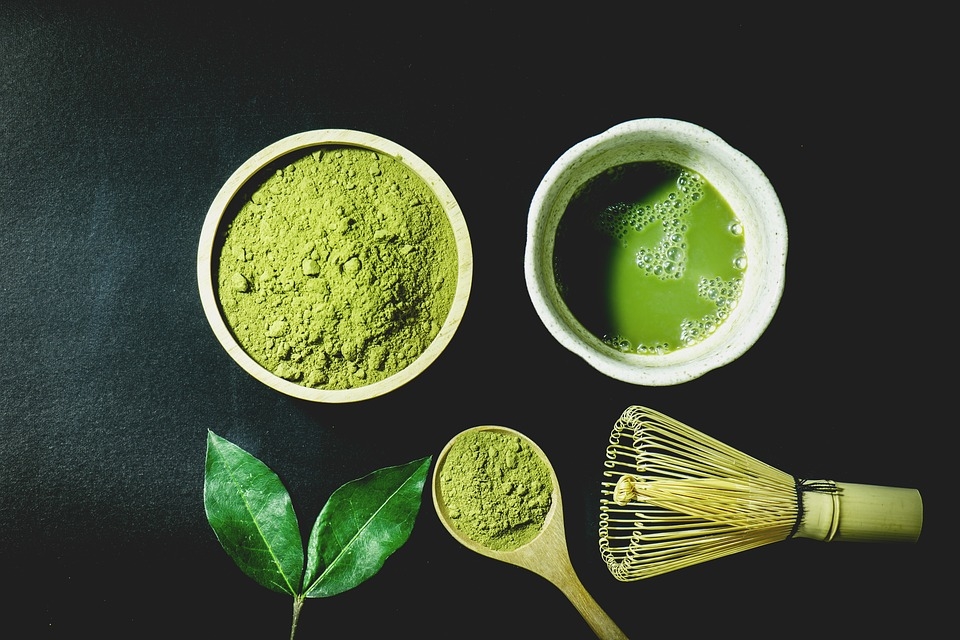That Green Tea Powder: Matcha

Matcha is a fine powder made from the leaves of the green tea plant - Camellia Sinensis. At a common matcha production factory, the green tea plants are covered with tarps to allow 20% sunlight. This increases the amino acid content of green tea. The amino acid is called L-Theanine that can produce a calming effect for drinkers, and increase the full-bodied flavour. The farmers only pluck the youngest tea leaves. Then, the leaves were sent to the drying machine. Secondly, they were sent to another machine that separates the stems, veins from the leaves. The remaining leaves are then finely ground using a stone mill.
Uses
Matcha is consumed in tea ceremony, Japanese parfait, pastry, beverages and desserts. The green tea powder has many grades - the highest one is used in tea ceremony while the cheapest grade is used in cooking and desserts.
Nutrition
Although these claims are yet to be verified by clinical trials and researches, there are some suggestions that Matcha has many benefits such as:
- Anticancer properties
- Improving cognition and concentration
- Preventing Heart disease
- Lowering the risk of type 2 diabetes
- Improving heart condition
Recipe: Matcha Latte
Ingredients: Matcha powder, warm milk, and low-calorie sugar
Process:
1. Add the matcha green tea powder with sugar into a bowl.
2. Whisk until it turns into a paste consistency and no lumps are left behind and the mixture turns to light green.
3. Serve in a latte glass or mug and add with green tea powder on the top.
Taste
Matcha has a vegetal with a little bitter aftertaste akin to the taste of spinach. High-quality matcha is aromatic, rich and herbal with little or no bitter taste.
Where to get one?
Matcha is sold in powder or block form in online shopping sites or in groceries.
Tags: japanese food, green tea, matcha, matcha tea, japanese drinks, green tea powder, tea ceremony, japanese beverage, matcha latte, green tea leaves, green tea leaf powder, matcha powder
October 05, 2023
May 18, 2023
June 17, 2022
June 16, 2022
May 27, 2022
May 20, 2022
May 18, 2022
May 12, 2022
Signup
- Sign Up
- Already a member? Login Now!
